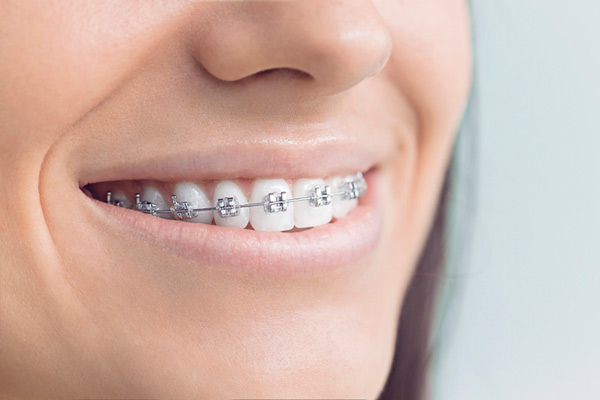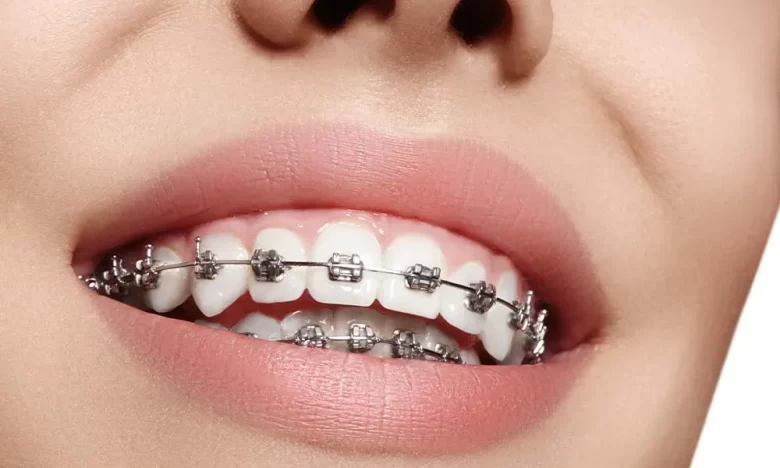Orthodontic issues like crooked, crowded, and misaligned teeth are quite common. The family and cosmetic dentist offer age-appropriate dental appliances, such as braces, to correct these imperfections and give you a well-aligned, balanced smile. However, did you know that you might need spacers before getting braces?
You might be wondering, what are orthodontic spacers? Get ready to explore everything about orthodontic spacers to understand their role and significance in orthodontic treatment.

A comprehensive guide to orthodontic spacers
Orthodontic spacers are small, elastic, or metal separators positioned between your teeth to create gaps. Measuring about a centimeter in diameter, these spacers can cause mild pain and discomfort initially, as they apply pressure to move your teeth. They are typically kept in place for about 1 to 3 weeks before you get braces.
The most common types of spacers are:
- Rubber spacers: These are small rubber bands that are placed between your molars to create a little extra space.
- Metal spacers: These look like small metal rings
How are spacers inserted?
Your orthodontist provides spacers at least a week before getting braces. Often rubber spacers are preferred over metal spacers.
Here is a guide to how the spacer is inserted:
- Your orthodontist will use a small tool or dental floss to stretch out each spacer first.
- Once you open your mouth wide, they will wiggle each spacer into place between your molars.
- You are expected to feel mild pressure and pinching sensation while placing the spacers.
Orthodontists clearly advise their patients to take certain precautions while having spacers. These include:
- Avoid certain types of foods like candies, gummy bears, and chewing gums
- Rinse your mouth gently after every meal
- Brush and floss your teeth very carefully
- Avoid picking or dislodging the spacer from your teeth
Will spacers hurt?
This experience varies from person to person. Some may find spacers very painful, while others might only feel a sense of irritation. Generally, most people experience mild pain, which is common and typically resolves on its own within a few days.
Wrapping up
Spacers are the first step towards achieving straighter and more aligned teeth. These elastic bands or metal pieces are temporary places to prepare your back teeth for bands used in orthodontic braces. If you desire beautifully aligned teeth, consult your dentist to discuss the use of spacers and the necessary duration for their application.




